This detailed timeline describes several key conflicts in the historic struggle between prosperous industrialists and the workers whose labor drove their profits.
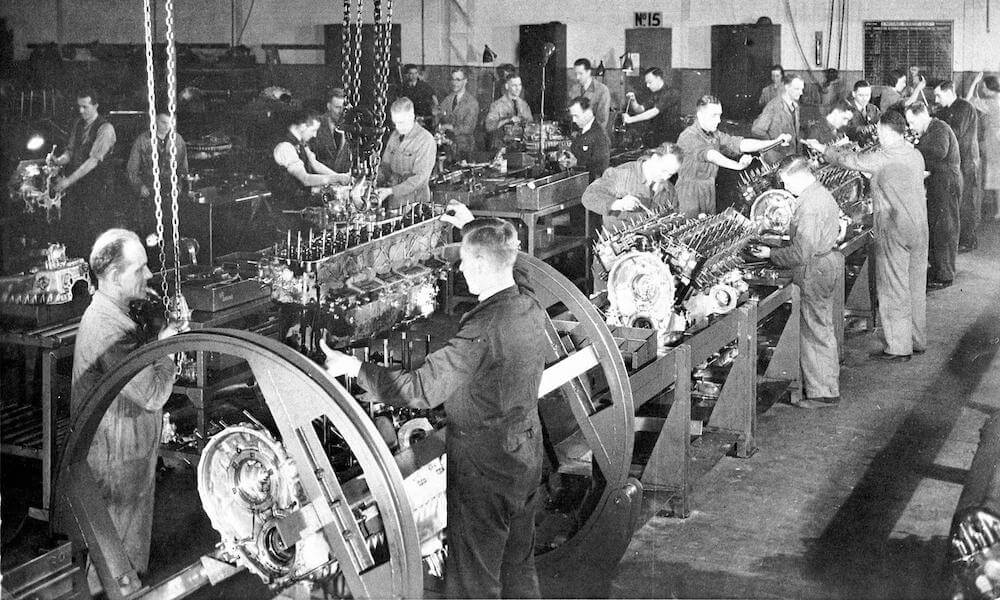

This detailed timeline describes several key conflicts in the historic struggle between prosperous industrialists and the workers whose labor drove their profits.
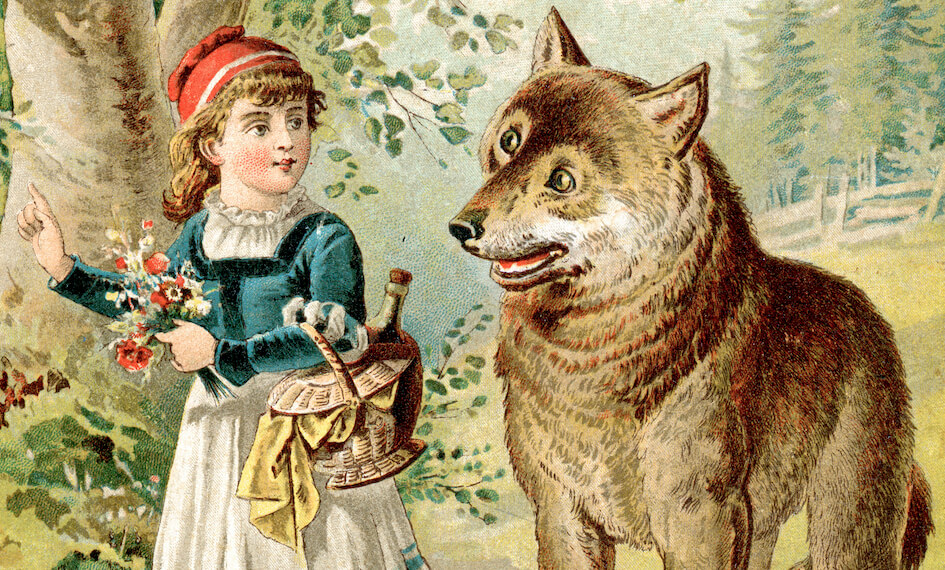
Turns out some of the afflictions in well-known fairy tales can be scientifically explained.
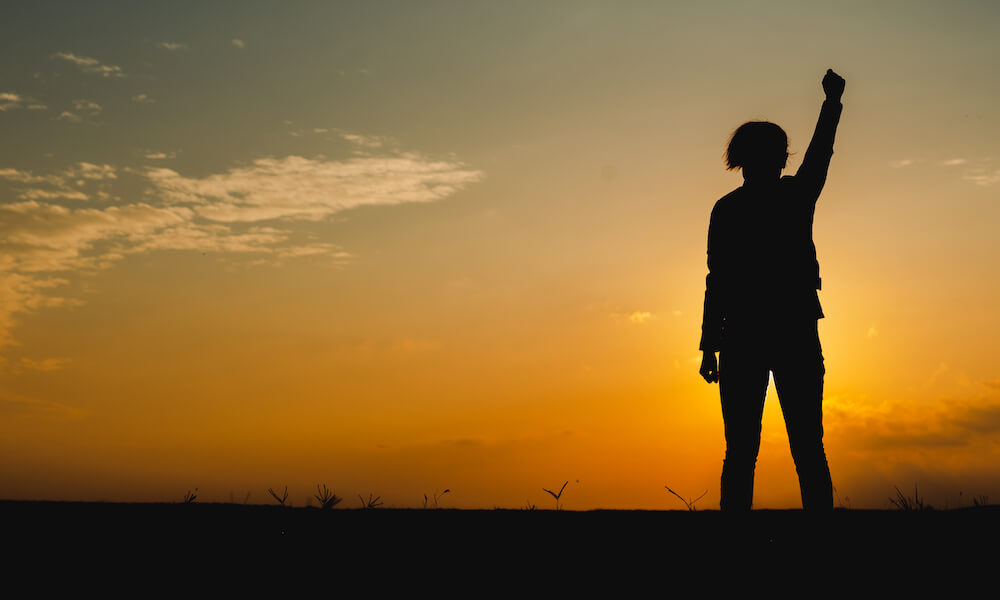
Read about some of the objects on display at the National Museum of African American History and Culture.
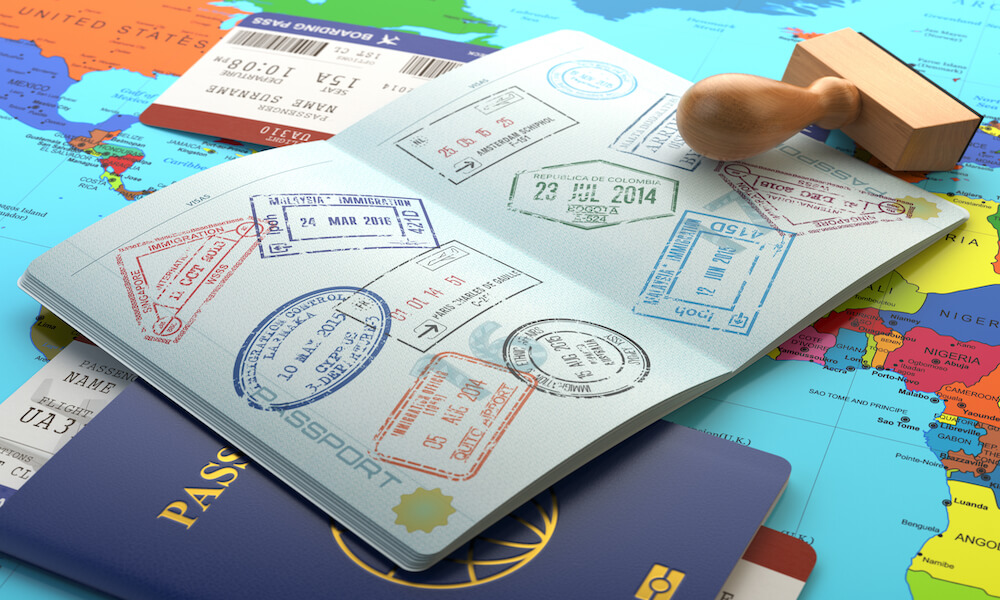
| Castle Garden, originally a Revolutionary Era fort, was repurposed into an amusement park for fashionable New Yorkers in the late 1800s. Then it became the nation’s first immigrant welcome center. Read this short feature to discover how. |

| Wealthy Americans of the Gilded Age often indulged in extravagance—even when hosting dinner parties. This short article features important dinner etiquette for hosts and guests, and even includes a menu. |
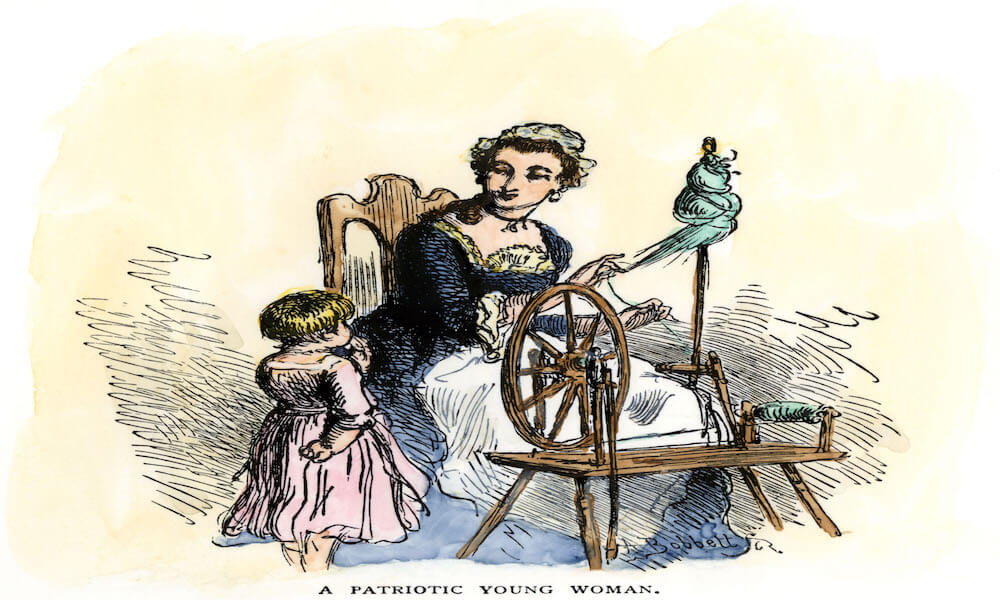
| Molly Pitcher and Betsy Ross are familiar names in the history of women in America’s Revolutionary Era. Read this detailed article to learn the stories of other women who supported the war effort. |

A sociologist shares the results and repercussions of an in-depth data analysis.
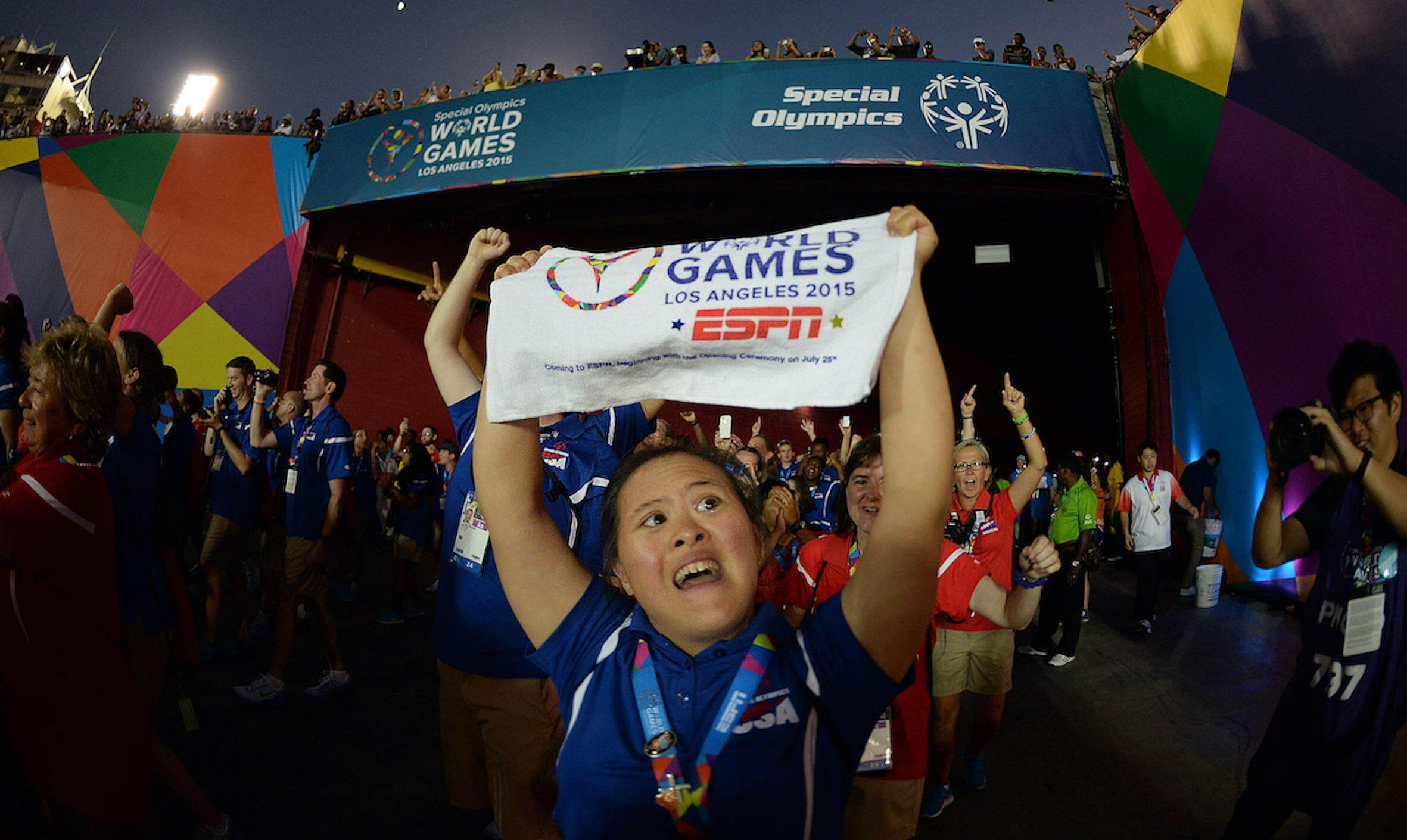
Curious about how the games first came to be? Watch the video to learn more.

Often historically overshadowed by the first transcontinental railroad, America’s second transcontinental line had a lasting impact on the country’s landscape and economy, giving rise to major cities and introducing new industries. Explore this article to learn more.
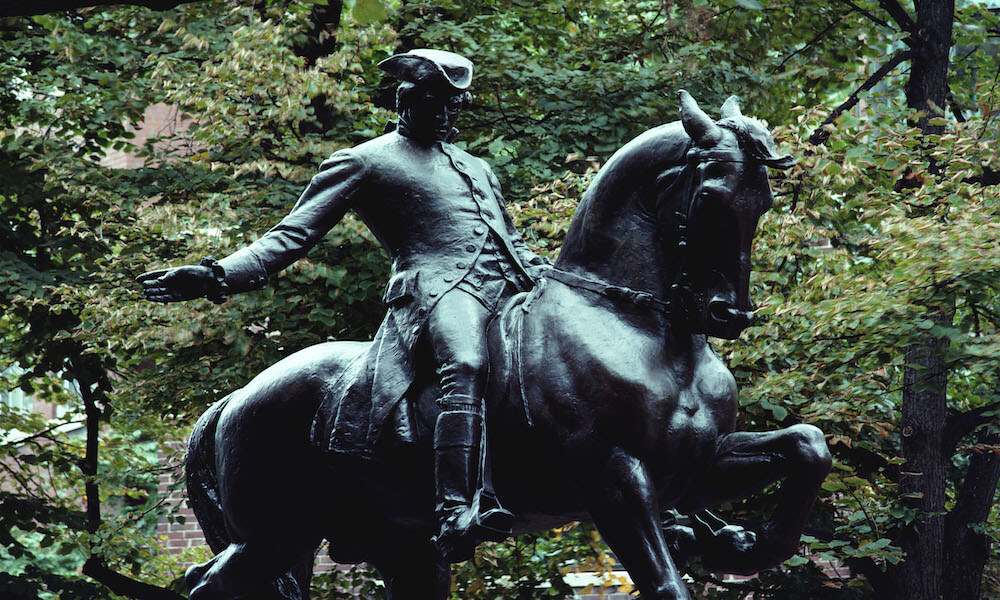
Learn the real story behind the famous midnight ride of one of America’s most storied Sons of Liberty. Click on the interactive map to learn more about Revere’s route.
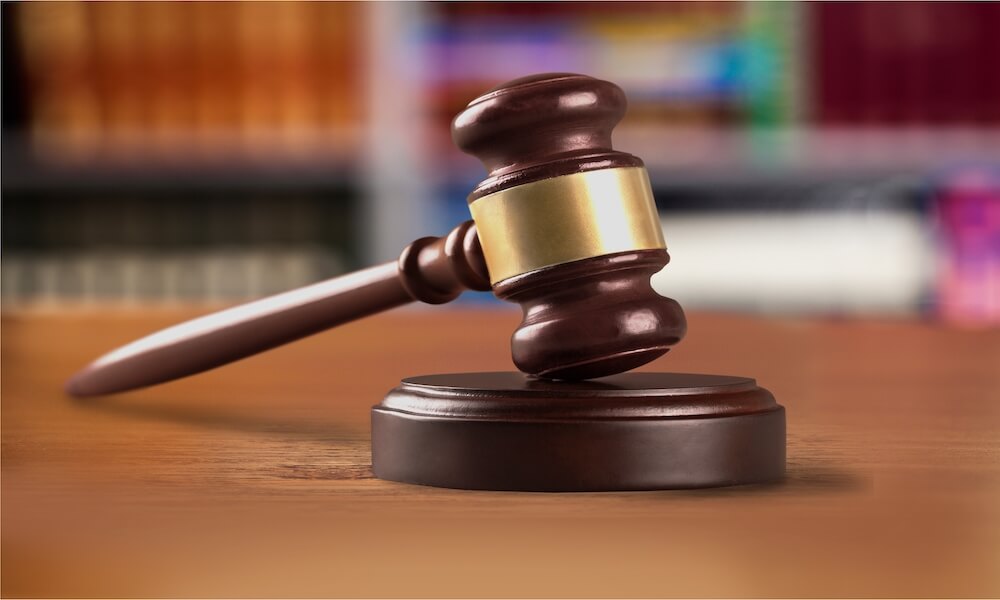
In an important U.S. immigration law milestone, Wong Kim Ark sued the U.S. government to recognize birthright citizenship for children of immigrants. Read the remarkable story here.
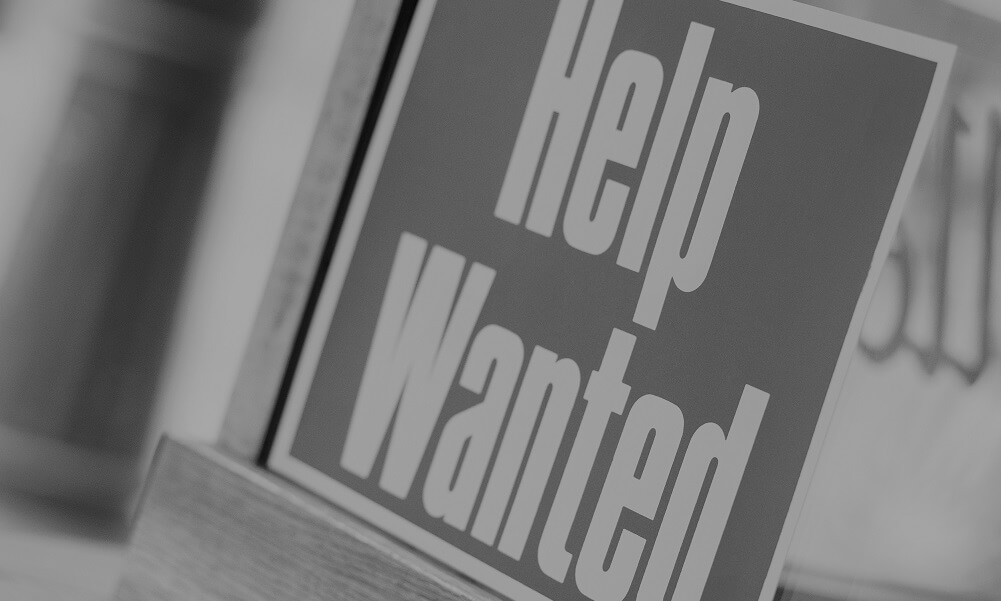
Like Anne Frank, Paula Weissman was sent to a Nazi concentration camp as a teenager. Learn about how she made a life for herself after liberation, and explore the site for more powerful stories.

Read about the extraordinary women who overcame adversity to work as pilots, translators, guerilla fighters, and more during their country’s time of need.

Read about the first Sherpa to conquer the historic climb.
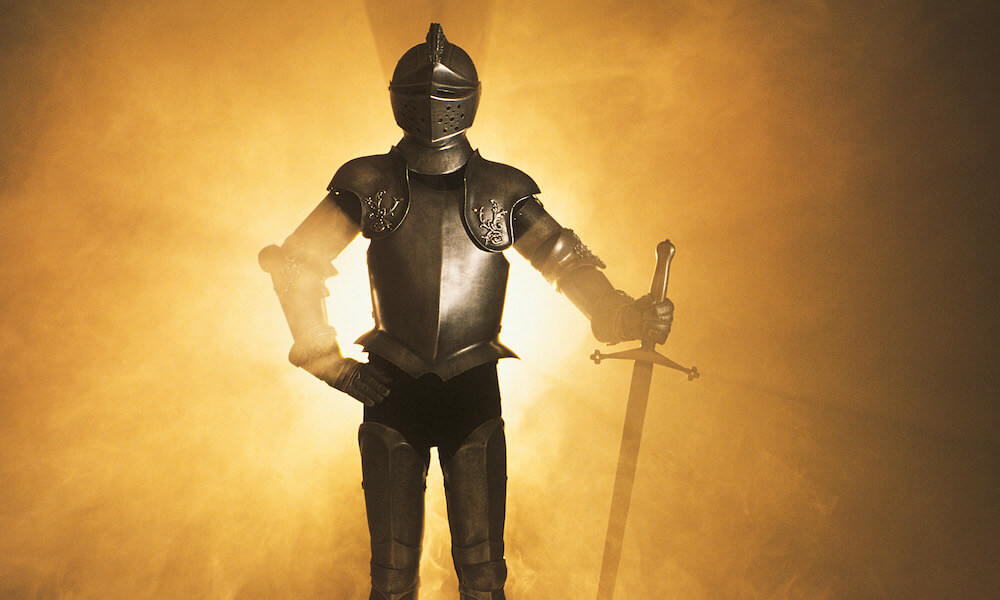
While people may not typically look to the 13th-century medieval texts for shining examples of equitable representation, an old text about a knight in shining armor inspired author Alex Myers.

Read about how dogs, human’s best friends, influenced human evolution and vice versa.

Count Dracula, Nosferatu, the Cullens. What do they have in common aside from a shared aversion to sunlight? Their roots could be traced to similar vampire panics and folklore. Click to read more.

Read nine interesting, yet not-so-well-known stories about the people, places, and events surrounding one of America’s most important founding documents.

The process of becoming a U.S. citizen has undergone many changes over 200 years. This detailed timeline tells the story.

Can you imagine a riot breaking out in response to a disagreement about which actor did a better job in the role of Macbeth? That’s what happened in 1849 in New York. Click to learn more.